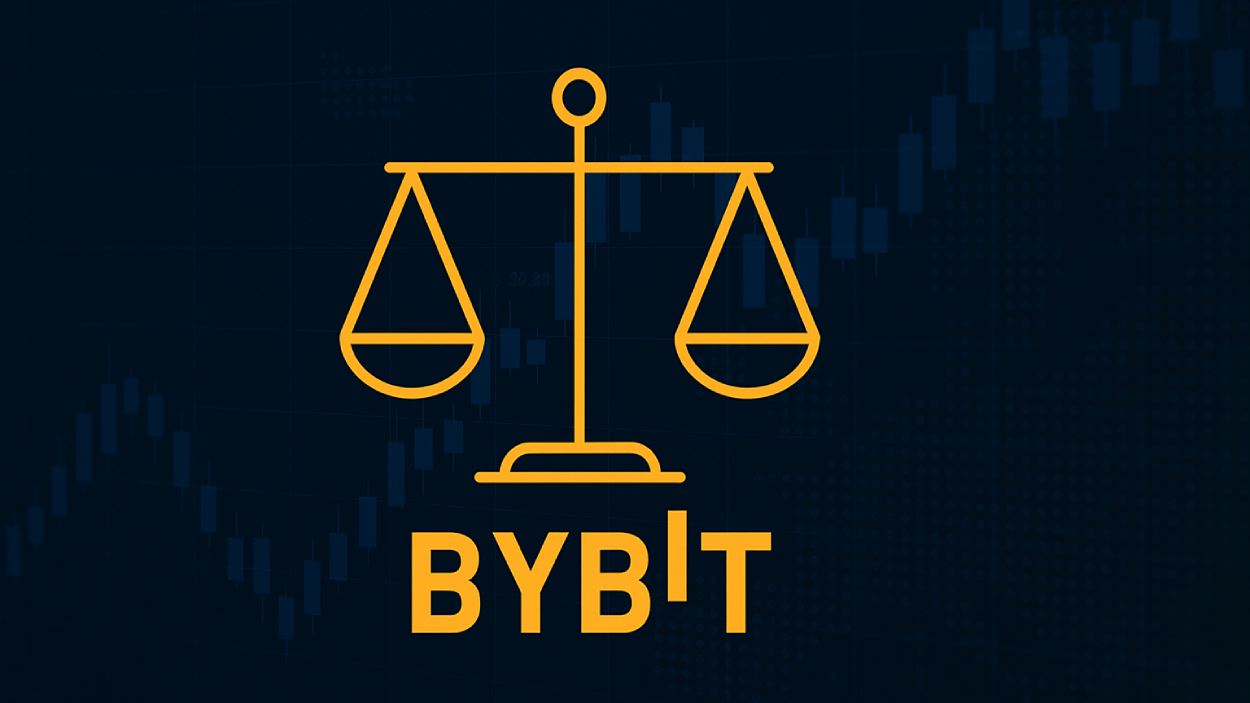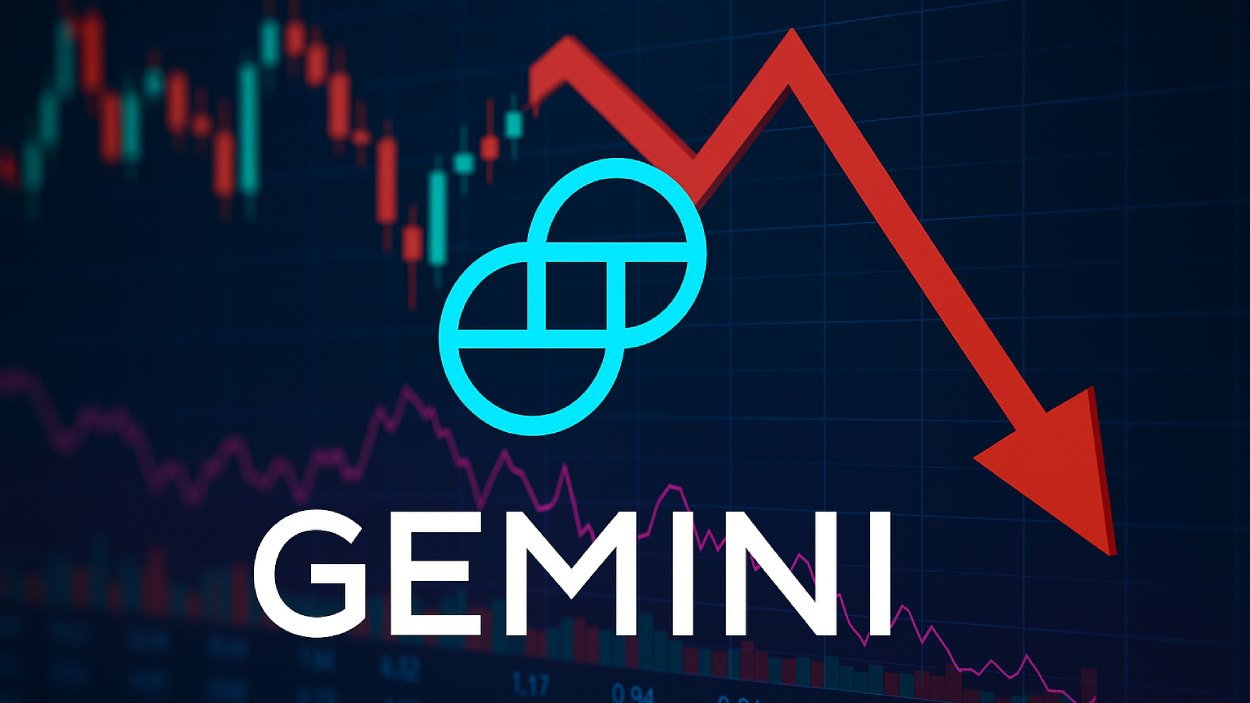The world of retail investing has undergone a dramatic transformation over the last few years. From technological advancements to demographic shifts, retail investors now have more tools and opportunities than ever to participate in the financial markets. Whether it’s the rise of commission-free trading or the increasing influence of younger, tech-savvy investors, the data behind these trends paints a compelling picture of how everyday investors are reshaping global markets.
Key Takeaways
- 1Retail investors are estimated to account for about 20.5% of daily U.S. equity trading volume in mid‑2025, up from around 10% a decade earlier.
- 2Mobile trading platforms like Robinhood and Webull have seen consistent growth year-over-year, driven by ease of use, zero-commission trades, and expanding financial literacy among younger investors.
- 3The average age of a retail investor is now 33 years, highlighting a continuing youth-driven market shift.
- 460–70% of Millennials incorporate ESG factors into their investment decisions, compared to 25–30% of Baby Boomers, highlighting a sustained generational divide in sustainable investing.
- 5Robinhood reports 25.6 million funded customer accounts and $187 billion in assets under custody, with trading volumes rising significantly year-over-year.
Retail Acquisition Volume by Product Type
- Grocery-Anchored Centers dominated the retail acquisition market, accounting for 31% of the total volume in Q1 2025.
- Neighborhood retail centers followed closely, making up 23% of acquisitions, highlighting strong interest in localized shopping experiences.
- Both Unanchored Strip Centers and Malls captured 10% each, showing stable but modest investor activity.
- Community retail properties represented 9%, indicating consistent but secondary interest.
- Urban retail assets and Power Centers tied at 8% each, reflecting relatively lower acquisition activity in these segments.
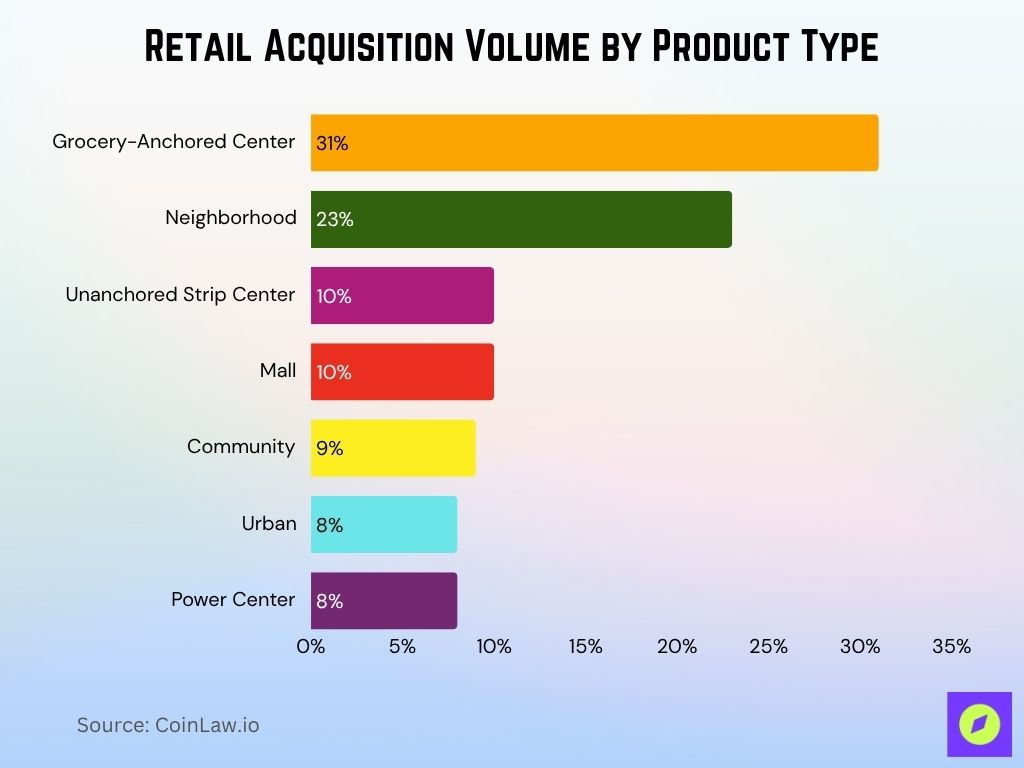
Demographic Trends Among Retail Investors
- 77% of Gen Z investors began investing before age 25, continuing the youth-led momentum.
- The average income of new retail investors in 2025 is $54,000, reflecting broader middle-income participation.
- 48% of new brokerage accounts were opened by investors from diverse ethnic backgrounds, up from previous years.
- Women aged 18–35 increased their market activity by 26% in 2025 compared to the prior year.
- Urban investors now represent 66% of all new account openings, maintaining dominance in retail investing growth.
- Rural areas saw a 19% increase in new accounts, showing expanding financial inclusion across regions.
- 71% of retail investors in 2025 have a bachelor’s degree or higher, underscoring the role of education and literacy.
Investment Preferences and Asset Allocation
- Stocks still lead, making up 57% of retail portfolios, while ETFs grew by 24% year-over-year in adoption.
- Real estate now represents 20% of retail portfolios, driven by demand for tangible, inflation-resistant assets.
- Retail crypto holdings have grown in recent years, with analysts typically recommending a 2–5% allocation due to volatility and long-term potential.
- 38% of retail investors favor dividend-paying stocks as part of their strategy for steady income.
- Index funds account for 28% of retail investments, showing strong interest in low-cost diversification.
- 42% of portfolios now include ESG-compliant assets, reflecting the rise in socially responsible investing.
- Hedge funds and private equity remain low at 2.5%, as retail investors stick to more transparent assets.
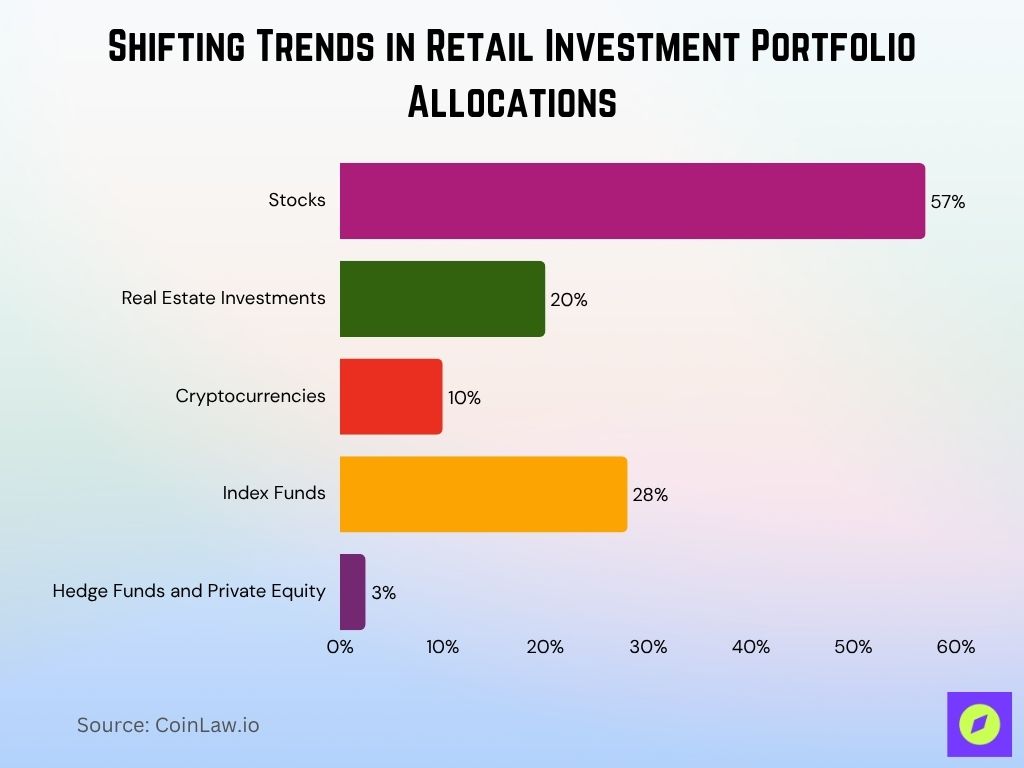
Impact of Technology on Retail Investing
- 89% of retail investors now use mobile trading apps like Robinhood, E*TRADE, or Webull to manage portfolios.
- AI-powered tools assist 36% of investors in making trading decisions using predictive analytics and real-time trends.
- Fractional share trading rose by 52% in 2025, allowing access to high-priced stocks like Amazon and Tesla for under $5.
- Blockchain-enabled platforms support 24/7 access, with crypto trades now accounting for 23% of retail activity.
- Robo-advisors surpassed $1.7 trillion AUM in 2025, reflecting a 19% year-over-year growth.
- Gamified investing features engaged 46% of users under 30, driving stronger participation from Gen Z investors.
- Cybersecurity remains a top concern for 71% of retail investors due to rising fears of data breaches and hacks.
The Rise of Retail Investors
- The 2021 GameStop short squeeze triggered a lasting shift, causing a $30 billion hedge fund disruption and redefining market influence.
- Retail investors now drive 21% of daily trading volume on the Nasdaq, up from 10% in 2020.
- 56% of investors still rely on social platforms like Reddit and X (formerly Twitter) for real-time market sentiment and stock tips.
- Online investing communities continue to grow, with WallStreetBets surpassing 15 million members by mid-2025.
- The meme stock phenomenon persists, with retail-driven spikes pushing some stock values up by an average of 48% during hype surges.
- Retail investors now account for 32% of IPO share allocations, a jump from previous years as access expands.
- 35% of US retail investors actively trade international equities, thanks to expanded multi-market platform access.
Retail Global Market Growth Forecast
- The retail market size is projected to grow to $46,776.2 billion by 2029.
- By 2025, the market is expected to reach $34,867.4 billion, showing strong momentum early in the forecast period.
- The sector is set to expand at a CAGR of 7.6%, highlighting consistent and healthy growth over the five-year span.
- This steady upward trend signals robust investor confidence and rising consumer demand in the global retail landscape.
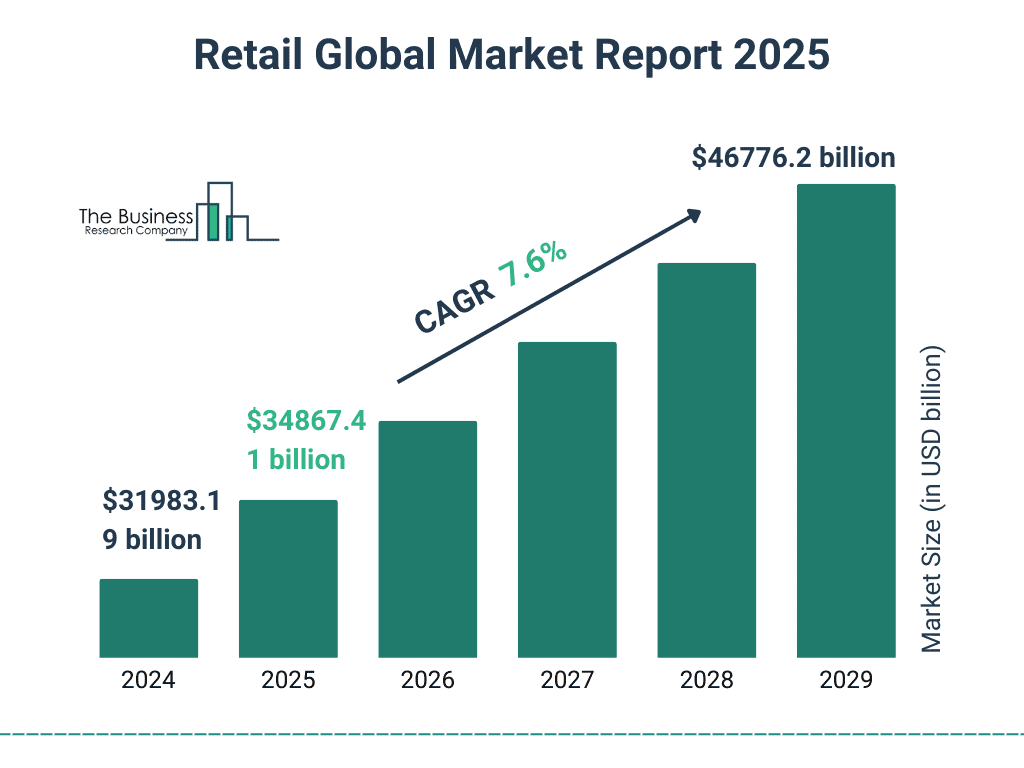
Retail Investors Can Have a Big Impact on Public Companies
- Retail ownership of Tesla (TSLA) rose to 25% in 2025, underlining their growing influence on blue-chip valuations.
- 38% of retail investors now engage in proxy voting during AGMs, showing rising levels of shareholder activism.
- 15 Fortune 500 companies adopted new ESG policies in 2025 due to sustained pressure from retail-led campaigns.
- 17% of companies revised their dividend payout schedules in response to changing retail investor preferences.
- Online forum sentiment drove 23% of major stock price swings, making social media a force in market volatility.
- 44% of retail investors prioritize earnings reports when making buy or sell decisions, up from previous years.
- 68% of public companies now include direct messaging to retail investors during earnings calls to build transparency.
Private Companies Are Less Influenced by Retail Investors but Not Immune
- Retail investors now allocate 14% of their portfolios to VC-backed funds, increasing indirect influence on private companies.
- Crowdfunding platforms like Kickstarter and Indiegogo raised $9.3 billion in 2025, reflecting growing retail appetite for private ventures.
- Pre-IPO share demand rose by 21%, giving retail investors more early-stage access to firms like Stripe and SpaceX.
- Retail-driven SPAC investments accounted for 17% of total SPAC funding in 2025, up from previous years.
- 23% of startups now highlight ESG metrics in response to retail investor advocacy for sustainability.
- Individual investors drove 28% of private equity trades in secondary markets, amplifying the retail sentiment impact.
- EquityZen and Forge Global saw a 33% increase in retail participation, expanding access to pre-IPO equity.
Where Retail Investors Reside: Major Financial Centers vs. Others
- A vast majority of retail investors (95%) live outside major financial centers, reflecting the broad accessibility of investing tools and platforms today.
- Only 5% of retail investors are based in major financial hubs, indicating that geographic location is no longer a barrier to market participation.
- This trend highlights the democratization of investing, driven by digital platforms and mobile trading apps reaching beyond traditional financial capitals.
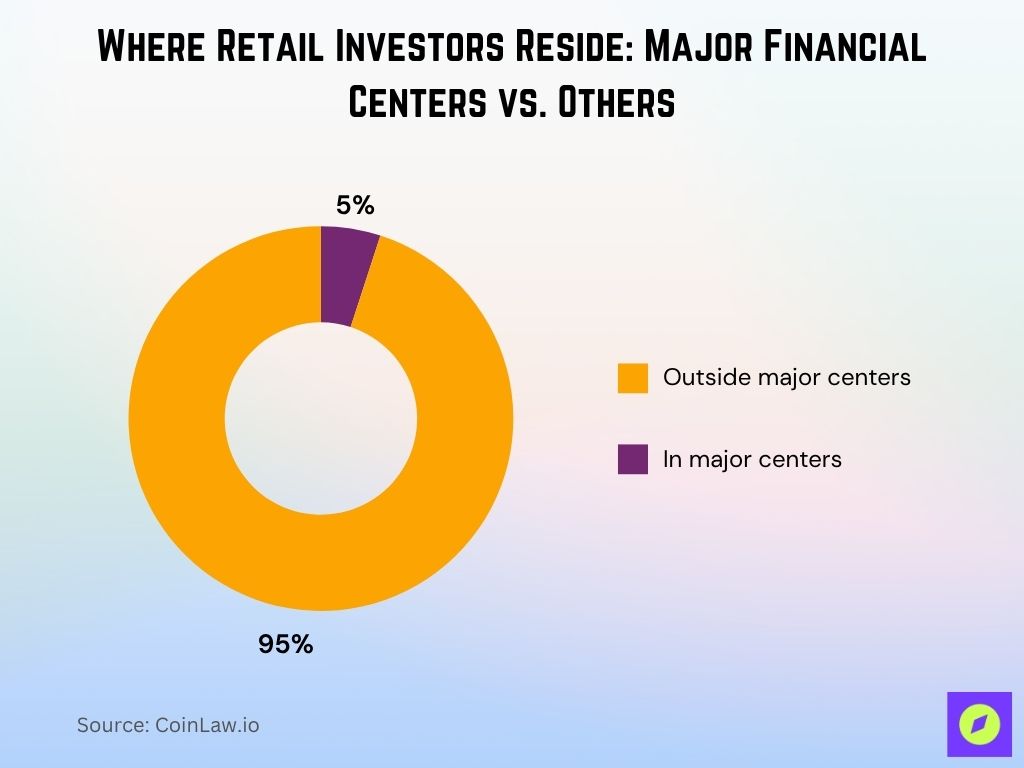
Behavioral Patterns and Market Influence
- FOMO still drives retail trades, with 51% of investors influenced by social media trends and hype cycles.
- Panic selling spiked during 2025 volatility, with 30% of retail investors exiting positions during major market dips.
- 67% of investors now use dollar-cost averaging to smooth out risks and manage market fluctuations.
- 78% of retail investors adjust portfolios in response to breaking news and headlines, reinforcing their reactivity.
- Herd behavior remains strong, with 40% of investors following popular trades over doing their own analysis.
- Day trading activity jumped 25% year-over-year, driven by easier access and high-volatility market conditions.
- 35% of retail investors trade around earnings season based on analyst forecasts, not just reported results.
Regulatory Changes Affecting Retail Investors
- Reg BI compliance expanded in 2025, with 95% of brokers adopting stricter transparency and disclosure standards for retail clients.
- 14% of active retail traders were impacted by new leveraged trading restrictions, reducing exposure to high-risk instruments.
- Crypto regulations further tightened, with 26% of investors facing barriers to entry on major crypto platforms.
- The zero-commission trading model continues to expand, leading to a 53% increase in new account openings by 2025.
- Enhanced brokerage reporting rules helped 49% of retail investors make more data-driven investment decisions.
- Retirement account reforms proposed in 2025 may soon allow crypto allocations in 401(k) plans, widening digital asset exposure.
- Regulated fractional share trading is now used by 31% of retail investors, improving access to blue-chip stocks.
Net Capital Flows in US Equities
- Institutional investors saw significant outflows, with –$19.5B from April 2–10 and an even larger 12-month average outflow of –$35.9B.
- Index/ETF investments recorded strong inflows, totaling $9.1B in early April and a 12-month average of $27.3B, suggesting continued passive investment growth.
- Hedge funds brought in $8.0B during April 2–10, showing active positioning, while the 12-month average stood at a moderate $3.6B.
- The retail segment experienced net outflows of –$7.6B in early April and a deeper 12-month average outflow of –$14.0B, signaling growing caution among individual investors.
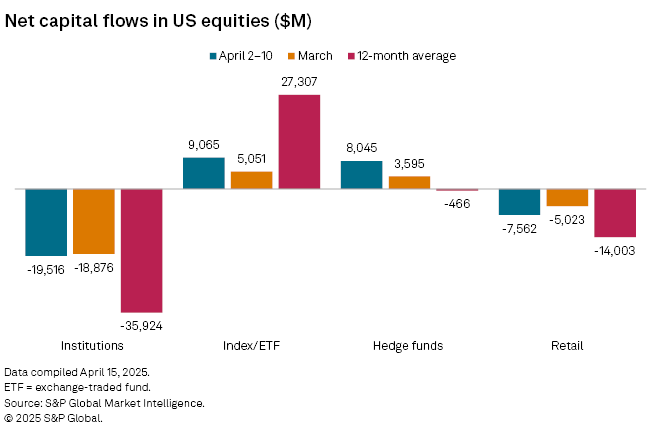
Recent Developments
- AI trading bots are now used by 19% of retail investors for automated portfolio optimization and risk analysis.
- Meme stocks like AMC and GameStop saw a 24% spike in retail trading volume during viral market events.
- NFT-related blockchain investments grew by 27% in 2025, remaining a niche path for digital asset diversification.
- ESG investment funds attracted $41 billion in new retail capital, showing sustained interest in sustainable investing.
- AI-driven market tools are now used by 44% of investors on platforms like Robinhood and Fidelity.
- The global retail investor base surpassed 165 million, with 38 million new entrants joining in 2025 alone.
- Crypto staking participation hit 25% among retail crypto holders, reflecting growing interest in passive income strategies.
Conclusion
Retail investors are no longer mere spectators in the financial markets. Their influence spans public and private companies, regulatory landscapes, and investment trends, with technology empowering everyday investors and demographic shifts reshaping preferences. 2025 promises to be another pivotal year for the retail investing landscape. Whether through ESG-focused investments, crypto assets, or traditional equities, retail investors are now a driving force that global markets cannot ignore. The data not only underscores their growing impact but also highlights the dynamic nature of investing today.
Hover or focus to see the definition of the term.







































